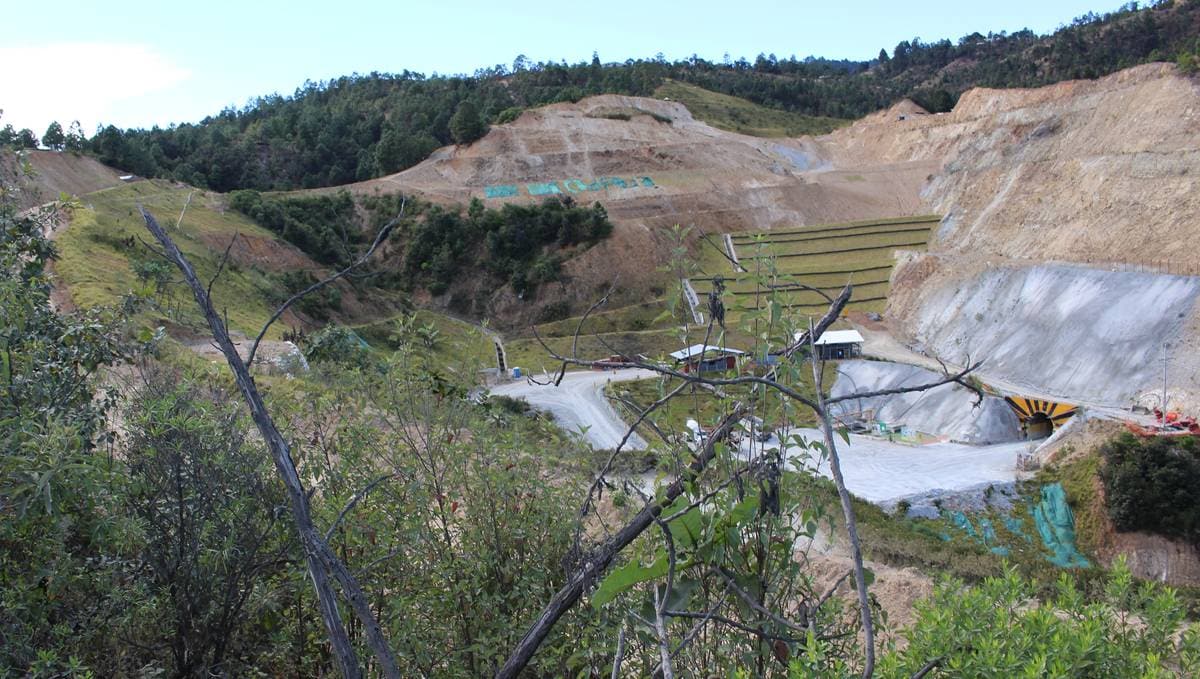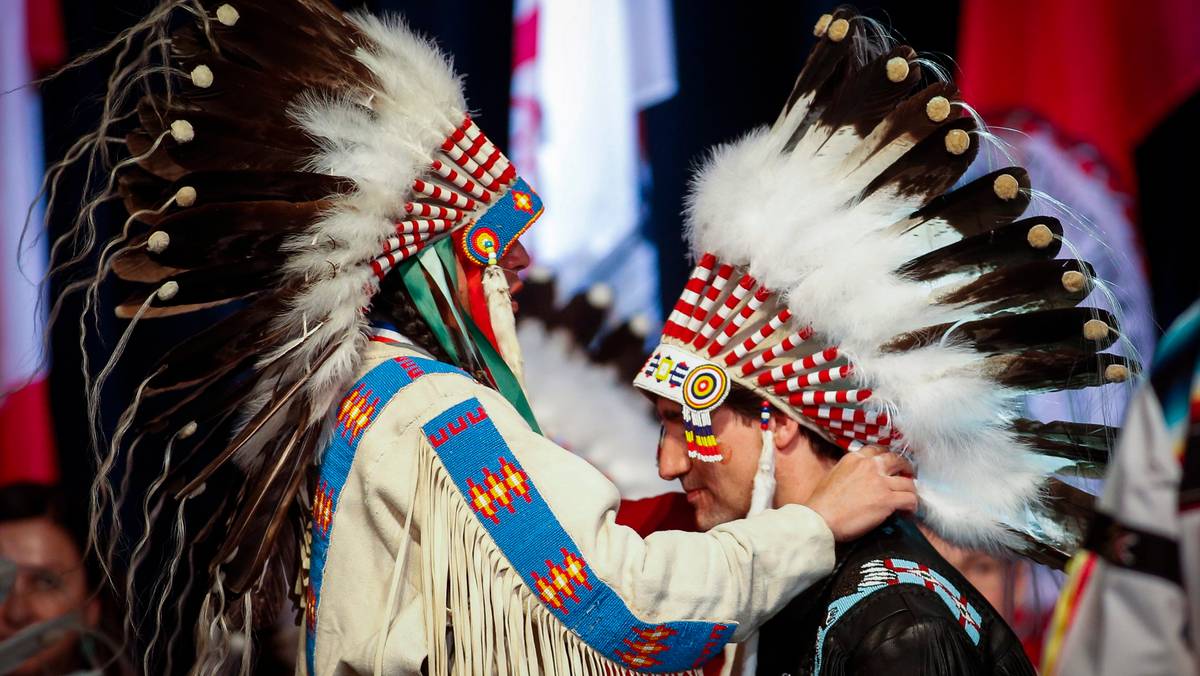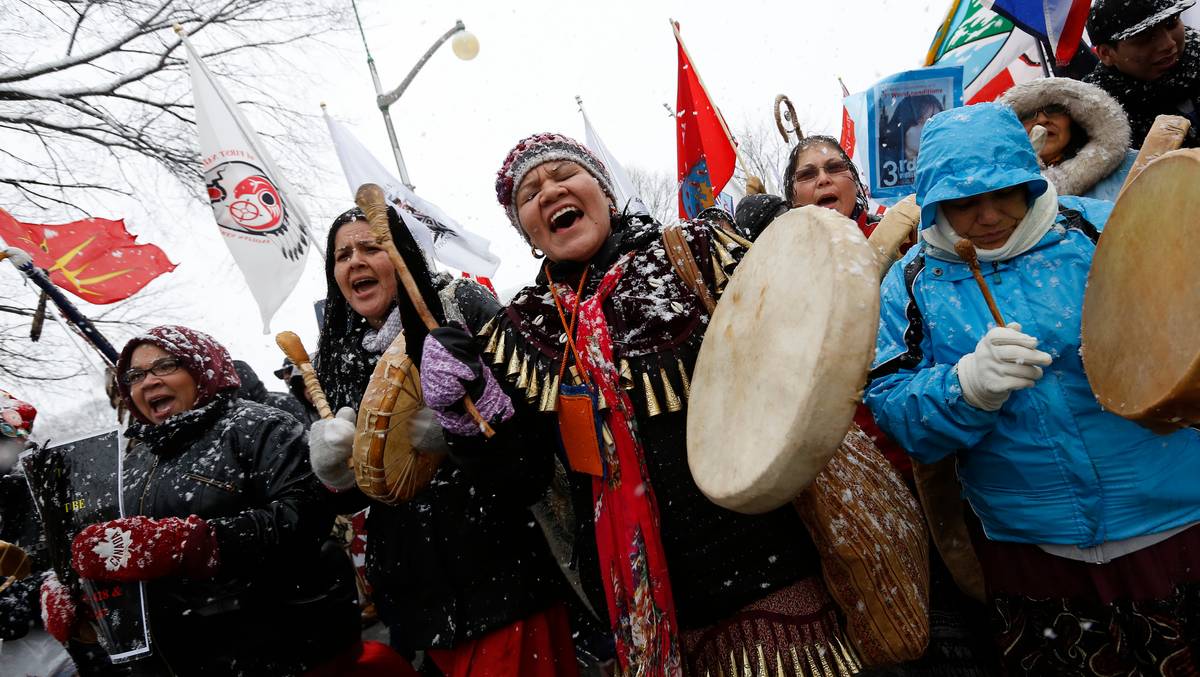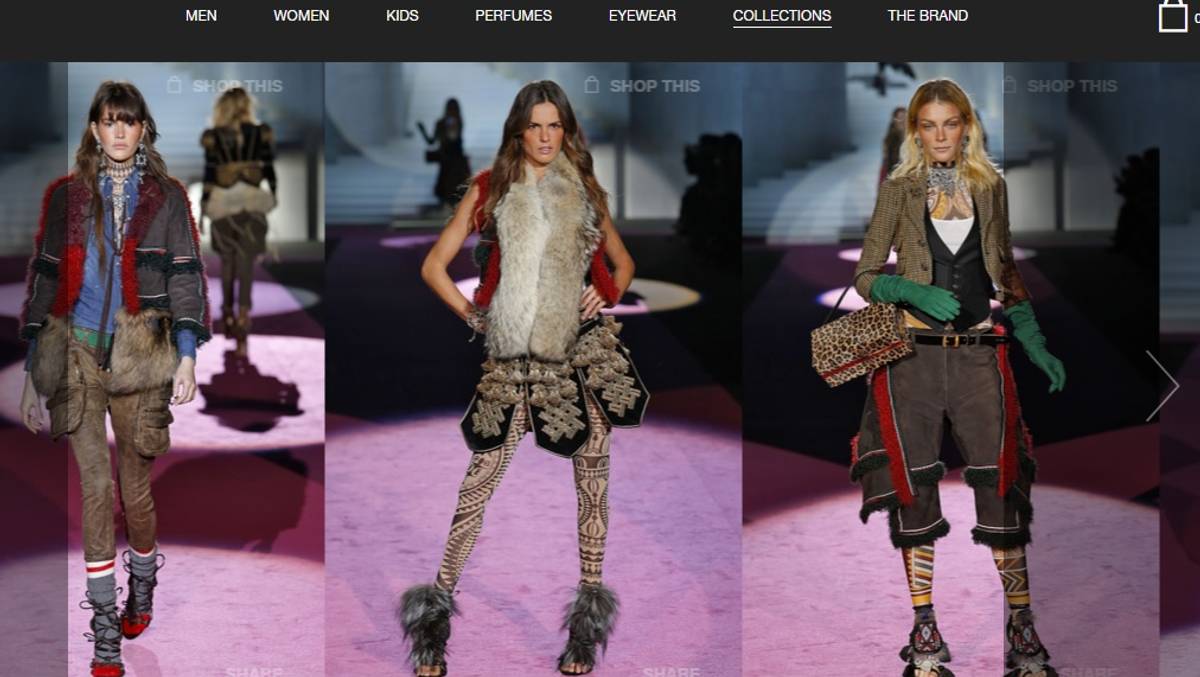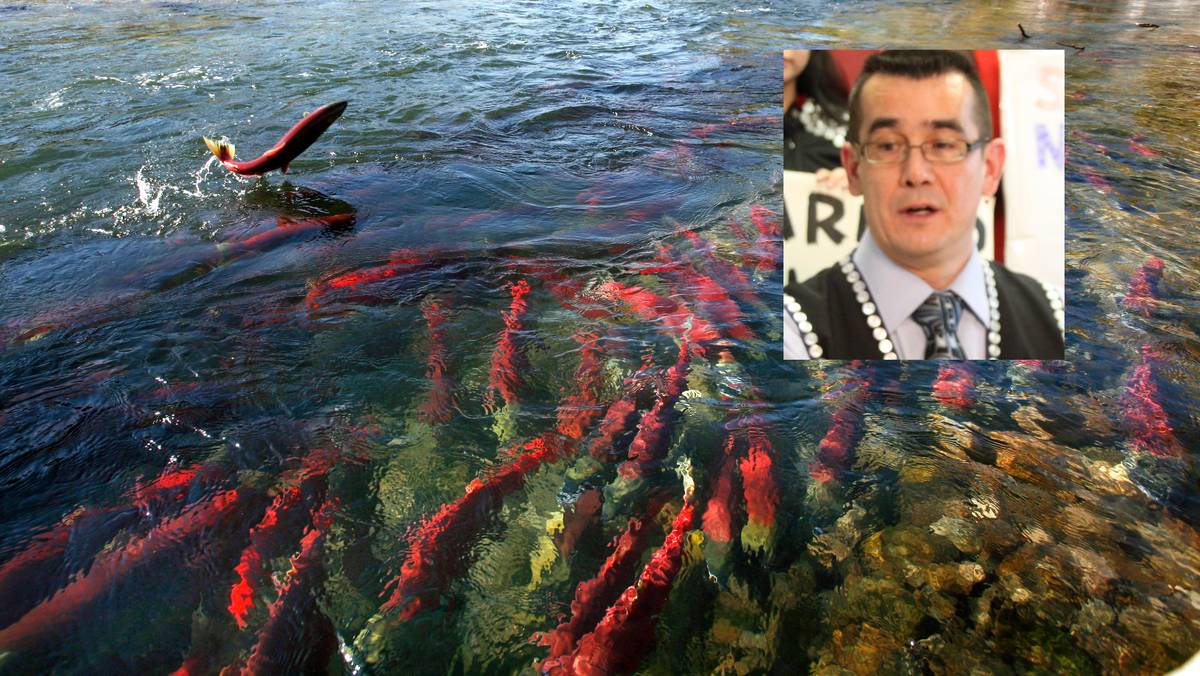Do people live here? In front of me, I look out over a vast space and, in the middle of the thick carpet of green forest, a narrow road cuts through the landscape.
From the 1,524-metre high pass, our travel companion Roger Barlie and I follow the strip of dirt road further west. After a while, the tarmac surprisingly appears, and suddenly we are in the centre of the “town” of Hagensborg. Here I meet Peter Solhjell. He speaks English, but says he is Norwegian.
“Welcome to what our ancestors called ‘New Norway,’” he says proudly. He enthusiastically shows me some Norwegian goat cheese for sale at the town’s supermarket, before offering me pictures of the kings and queens of Norway.
– …and soon it will be time for lutefisk, the big man points out, and slightly corrects the sign in the driveway of his house. Of course, it says: CAUTION TROLL CROSSING.
Geographically, I am far from Norway. But the feeling of being at home remains exceptionally strong.
Read also :
No alcohol
On October 17, 1894, 85 Norwegians boarded a train in the town of Crookston, Minnesota, United States. They had emigrated from Norway a few years earlier, but life in Minnesota was not easy for Norwegian emigrants.
A Norwegian named BF Jakobsen, an anthropologist by profession, had settled in the Bella Coola Valley in Canada and written about the place in various Scandinavian and American newspapers.
Jakobsen spoke so positively of the Bella Coola Valley that several Norwegians were tempted to come. The 85 Minnesota settlers spent four days on a train before arriving in Vancouver. They were then transported by boat to the city of Victoria.
Photo: Johnny Haglund (We the Men)
A little over a week later they boarded the steamer “Princess Louise” and it was not until October 30, 1894 that they arrived in the Bella Coola Valley. Not all 85 were there. One of them was thrown off the boat in Victoria because he was drunk.
Settlers were required by law to abstain. By 1848, Bella Coola, the small town at the head of the Bella Coola Valley, was a busy trading and supply centre for the Canadian interior. In 1887, the Hudson’s Bay Company established a trading post at Bella Coola.
A difficult future
But the valley was far from what we modern Norwegians would call civilized. For generations, the Nuxalk Indians had inhabited the area and it was they who first encountered the Norwegians.
– They came to see “Princess Louise” with their canoes made of hollow logs and took us ashore, wrote one of the settlers in his journal.
“But they had a hard time,” says Peter, who has written a book about the Bella Coola Valley settlers. He says it’s almost impossible for today’s residents to understand how difficult life was in the early years.
– Leaving home and family in Norway, knowing you’d probably never come home, must have been terrible, Peter said.

Photo: Unknown (We the men)
Then came the long journey. Crossing the Atlantic by sailboat over a hundred years ago was a long and sometimes unpleasant experience. They then had to cross the entire American continent to reach the Bella Coola Valley.
The first arrived via Minnesota, later settlers also came directly from Norway. When they finally arrived, were given a plot of land and found their place, everyday life began. It was demanding. The settlers had each been given 650 acres of land by the Canadian authorities, which they had to clear and cultivate and which would become theirs after five years.
But these were not exactly easy gardens to maintain. So some turned back as soon as they arrived here, even though they had to wait four full weeks for the ferry back to Victoria. But many were also fascinated, because the Bella Coola Valley reminded them of the land they had left years before. Life consisted of hard work from morning to night. The big trees had to be cut down, houses had to be built, and there were no roads here.
Everything was done by hand – there were no machines. Plus, they had to provide food for the family.
– At first they lived mainly on fish, especially salmon from the rivers, as well as potatoes which they grew themselves, explains Peter.

Photo: Johnny Haglund (We the Men)
But he adds that they still needed supplies from the outside world. In this context, the settlers depended on the Indians and their canoes.
– The Indians paddled their canoes from the shore to the settlers’ houses, loaded with supplies, he said.
But if they failed to return home before winter and the river froze, the settlers had to carry everything themselves.
– It was often a 100 to 150 kilometre journey on foot through snow and ice, with extremely heavy luggage, explains Peter.
Winters in the valley were a story in themselves:
– Cold, blizzards and little food. One of the Norwegian women who came here put it this way: “God must have been angry when he created this place.”

Photo: Johnny Haglund (We the Men)
Easy to be proud
As a Norwegian, it is easy to be proud when Peter describes how the Norwegian settlers coped with life on the other side of the world, in extreme conditions. Many of them came here with young children and pregnant women. Some even tell stories of how their wives gave birth on board the ship crossing the Atlantic.
Other stories describe how a married couple managed to survive the cold and bloodshed in the Bella Coola Valley, despite having brought five young children with them from Norway. When people preferred to go into the unknown in this way, it is natural to think about the severity of conditions in Norway.
– Most of the people who came to the Bella Coola Valley in the early years were from Alvdal and Tynset, explains Peter, who himself has a grandfather from Tynset.
– They had nothing to live on at home in Norway, they simply had no choice.
However, Peter himself has this.
Remote
As of 2011, the only passable road into the Bella Coola Valley is a narrow, steep gravel road. And the ferry runs very rarely, even in the summer.

Photo: Johnny Haglund (We the Men)
The most reliable communication they have with the outside world is a small airport with flights to Vancouver when the weather permits. In short, the Bella Coola Valley is still an isolated place. In addition, the area is home to many predators.
“There was a grizzly bear in the apple tree last night,” Peter says, and he points sharply to a movement at the end of his yard.
– It’s just a black bear, and they’re pretty cuddly.
Roger and I watch a dark ball of fur disappear into the green. The Bella Coola Valley is still in the middle of the Canadian wilderness, and bears and cougars abound. Add to that cold, snowy winters, and we have a challenging place to live, even today.
– Most of the people in the Bella Coola Valley are of Norwegian descent, so we’re tough, hard-headed and stubborn, Peter says as to why people still live in this area.
Peter and other descendants in the area are so proud to be Norwegian that they restored an old Norwegian house and called it the “Norwegian Heritage House.”

Photo: Johnny Haglund (We the Men)
Visiting this house is like standing with both feet planted in an old Norwegian house. The owner is perhaps too patriotic, as flags and royal images are hung here and there.
– Hagensborg’s main attraction, Peter boasts of his Norwegian home.
But what impresses Roger and me the most is the visit to the Hagensborg cemetery. Of course, some Norwegian settlers succumbed to disease and harsh conditions. But those who survived must have been, or become, exceptionally strong and healthy.
At the cemetery I see many tombstones that tell of Norwegian women and men who lived to be 90 and 100 years old. Yes, some even over 100.
– Hard physical work in the open air, together with a little but very healthy food, are probably the recipe for a long life, Peter said, patting his full belly.
-Now, times are probably different here in the Bella Coola Valley, he said with a smile.
Read also :
This case was first published on 12/10 2011.

“Explorer. Food advocate. Analyst. Freelance bacon practitioner. Future teen idol. Proud pop culture expert.”


